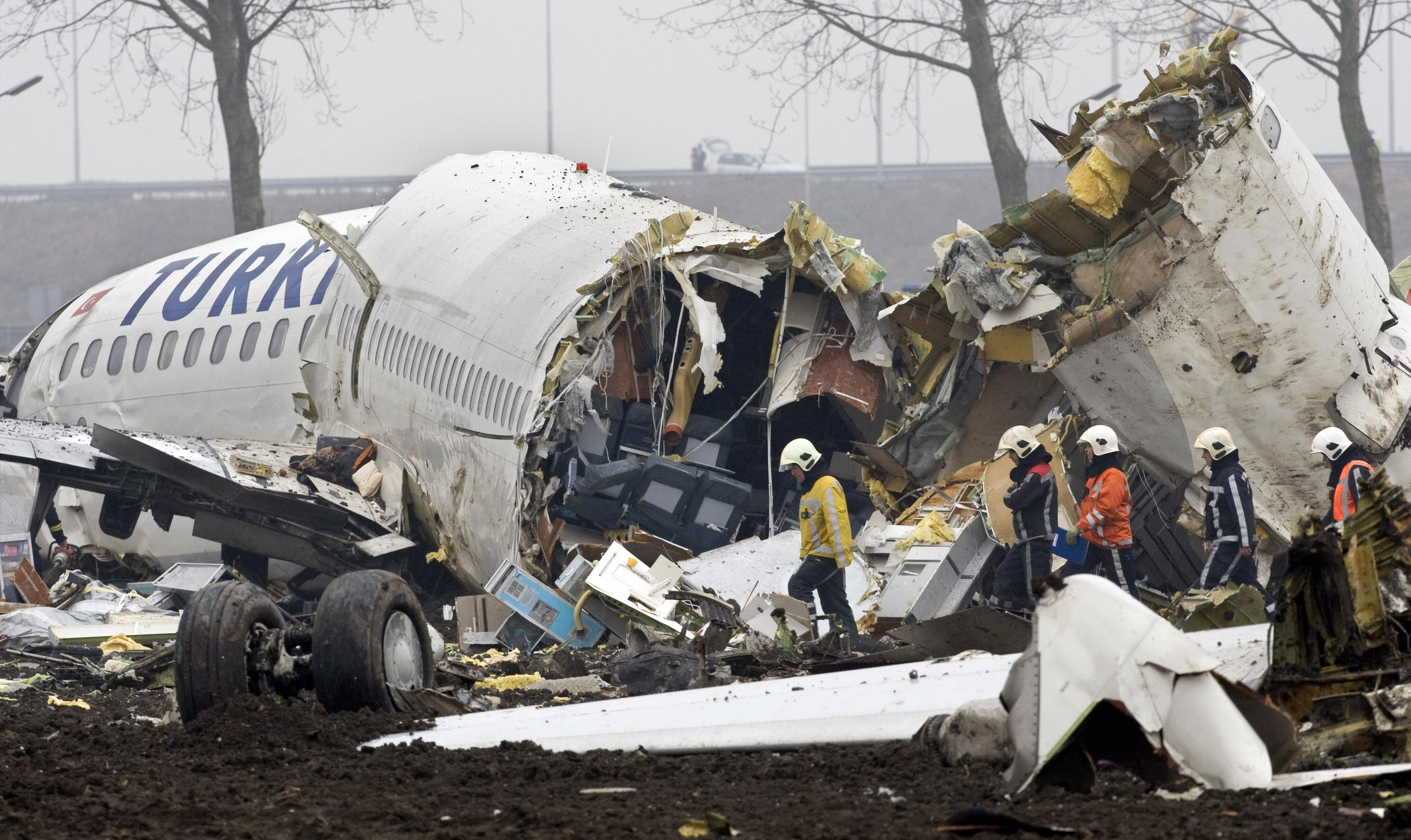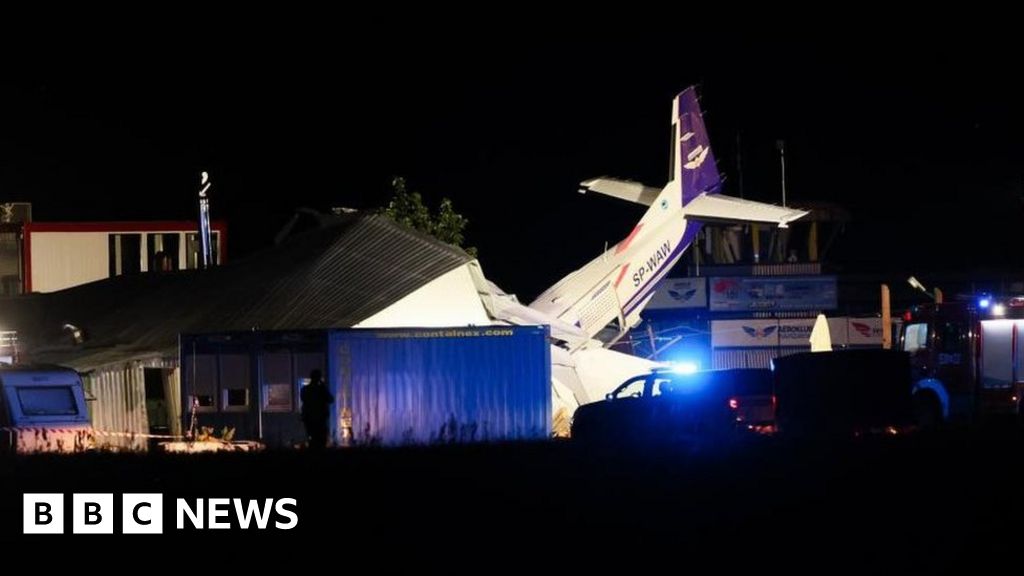Recent Plane Crashes

Plane crashes are a tragic and often devastating occurrence, claiming the lives of passengers, crew members, and sometimes people on the ground. These incidents can be caused by a variety of factors, including mechanical failure, pilot error, weather conditions, and terrorism.
Recent Plane Crash Data
The following table presents a list of recent plane crashes, including the date, location, aircraft type, and number of casualties.
| Date | Location | Aircraft | Casualties |
|---|---|---|---|
| February 4, 2023 | Pokhara, Nepal | ATR 72-212 | 72 |
| January 1, 2023 | Almaty, Kazakhstan | Bek Air Fokker 100 | 12 |
| August 21, 2022 | Juba, South Sudan | Antonov An-12 | 17 |
| May 22, 2022 | Havana, Cuba | Boeing 737-201 | 113 |
| January 10, 2022 | Karachi, Pakistan | Pakistan International Airlines Airbus A320 | 97 |
Causes of Plane Crashes

Plane crashes are rare events, but they can have devastating consequences. Understanding the causes of these crashes is crucial for improving aviation safety and preventing future tragedies. While there are numerous factors that can contribute to a plane crash, some causes are more common than others. These causes can be broadly categorized into three main areas: pilot error, mechanical failure, and weather conditions.
Pilot Error
Pilot error is one of the most frequent causes of plane crashes. It can encompass a wide range of mistakes, from misjudging altitude and speed to failing to follow proper procedures.
- Loss of situational awareness: This occurs when pilots fail to recognize or respond appropriately to changes in their environment, such as weather changes or mechanical issues. For instance, in 2009, a Colgan Air flight crashed in Buffalo, New York, due to the pilots’ failure to recognize and respond to an ice buildup on the aircraft’s wings.
- Mismanagement of aircraft systems: This includes errors in controlling the aircraft’s engines, flaps, and other systems. For example, in 2018, a Lion Air flight crashed in Indonesia due to a faulty sensor that provided incorrect information to the pilots, leading to them taking actions that ultimately resulted in the crash.
- Violation of procedures: Pilots may deviate from established safety procedures, such as flying too low or too fast, which can increase the risk of an accident. In 2014, a TransAsia Airways flight crashed in Taiwan due to the pilot’s failure to follow proper procedures during landing.
Mechanical Failure
Mechanical failure, while less common than pilot error, can also contribute to plane crashes. This can involve issues with the aircraft’s engines, wings, landing gear, or other critical systems.
- Engine failure: This can be caused by a variety of factors, including faulty parts, improper maintenance, or damage from foreign objects. For example, in 2010, a Qantas Airways flight experienced engine failure shortly after takeoff, forcing an emergency landing.
- Structural failure: This can involve cracks, corrosion, or other damage to the aircraft’s fuselage, wings, or other structural components. In 2002, a Swissair flight crashed in Canada due to a fire that was caused by faulty wiring.
- Hydraulic failure: This can affect the aircraft’s control surfaces, such as the ailerons, elevators, and rudder. In 2000, an Air France Concorde crashed in France due to a tire blowout that caused a piece of rubber to strike the aircraft’s fuel tank, leading to a fire.
Weather Conditions, Plane crash today
Weather can play a significant role in plane crashes, especially during takeoff and landing.
- Turbulence: Strong winds and air currents can cause turbulence, which can make it difficult for pilots to control the aircraft. In 2015, a United Airlines flight experienced severe turbulence over Hawaii, injuring several passengers.
- Thunderstorms: Thunderstorms can produce strong winds, heavy rain, and lightning, all of which can pose hazards to aircraft. In 2016, a Southwest Airlines flight was struck by lightning during a thunderstorm, causing a fire in one of the engines.
- Fog and low visibility: These conditions can make it difficult for pilots to see the runway, increasing the risk of a crash during landing. In 2017, a Delta Airlines flight crashed in Atlanta due to low visibility caused by fog.
Causes of Plane Crashes
| Cause | Description |
|---|---|
| Pilot Error | Mistakes made by pilots, including loss of situational awareness, mismanagement of aircraft systems, and violation of procedures. |
| Mechanical Failure | Issues with the aircraft’s engines, wings, landing gear, or other critical systems, such as engine failure, structural failure, and hydraulic failure. |
| Weather Conditions | Factors like turbulence, thunderstorms, fog, and low visibility that can make it difficult for pilots to control the aircraft or see the runway. |
Safety Measures in Aviation: Plane Crash Today

Aviation safety is paramount, and numerous measures are in place to mitigate the risk of accidents. These measures encompass various aspects, from pilot training and aircraft maintenance to air traffic control and regulatory oversight. The aim is to create a safe and reliable system for air travel, ensuring the well-being of passengers and crew.
Safety Measures in Aviation
| Measure | Description | Purpose |
|---|---|---|
| Pilot Training | Pilots undergo rigorous training programs that cover a wide range of topics, including aircraft systems, flight procedures, emergency response, and human factors. Training includes classroom instruction, flight simulators, and real-world flight experience. | To equip pilots with the knowledge, skills, and judgment necessary to operate aircraft safely and efficiently. |
| Aircraft Maintenance | Aircraft undergo regular maintenance checks and inspections to ensure they are in airworthy condition. This includes inspections of engines, airframes, avionics, and other systems. | To identify and address potential safety issues before they can lead to accidents. |
| Air Traffic Control | Air traffic controllers manage the flow of aircraft in the airspace, providing guidance and instructions to pilots to prevent collisions and ensure efficient use of airspace. | To maintain separation between aircraft and prevent mid-air collisions. |
| Regulatory Oversight | Aviation authorities set safety standards, regulations, and guidelines for aircraft design, operation, and maintenance. These regulations are enforced through inspections, audits, and investigations. | To ensure that aviation operations meet minimum safety standards and to hold operators accountable for their safety performance. |
Plane crash today – The news of today’s plane crash is a stark reminder of the fragility of life, and the need for careful consideration of safety measures. While the tragedy unfolds, we’re also witnessing a stark contrast in leadership styles during the cbs vice presidential debate , where the candidates are grappling with complex issues.
It’s a stark reminder that amidst tragedy and political discourse, the need for empathy and decisive action remains paramount.
The news of another plane crash today is a grim reminder of the fragility of air travel, a stark contrast to the seemingly effortless grace of a passenger plane brazil soaring through the skies. While we marvel at the technological advancements that allow for such journeys, we must not forget the inherent risks, and demand greater accountability from those responsible for ensuring the safety of our skies.
